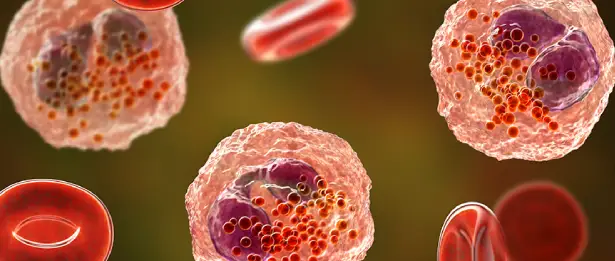Brachytherapy

Brachytherapy is one of the treatment methods used in gynecological cancers, which are common in the world, by bringing the radiation source closer to the tumor. This treatment, which can be applied in 3 dimensions, is done in a target-oriented manner. Brachytherapy, which is especially preferred in uterine, cervical and vaginal cancers, is used in the treatment of skin cancer and lung cancer.
Brachytherapy at Liv Hospital
Liv Hospital's brachytherapy practices aim to offer patients a more effective and personalized cancer treatment with its expert staff and modern medical equipment. This method is used successfully in the treatment of many types of cancer, especially prostate, uterine, cervical and breast cancer.
How is Brachytherapy Done?
Brachytherapy is basically applied in 3 different ways;
- Intracavitary brachytherapy: It is a procedure applied to the patient's natural cavities such as the uterus, cervix and bronchi with the help of an applicator.
- Intratissue brachytherapy: It is an application performed with applicators placed inside the tissue or radioactive sources sent into the needle. Permanent prostate can also be applied by permanently injecting radioactive sources into the tissue. This is called ULDR brachytherapy.
- Contact brachytherapy: It is a type of brachytherapy that is applied to superficial tissues or in which radioactive sources are used, as in the superficial intraoperative radiotherapy method. During the procedure, the method of removing other organs known as IORT is applied.
- How is Brachytherapy Applied in Gynecological Tumors?
- In brachytherapy, which is preferred in gynecological tumors, the radioactive source is brought close to the area where radiation will be applied. With this method, which is widely used today, there is a high probability of achieving successful results in many patients who are not suitable for surgery or in the post-operative treatment process for uterine, cervical and vaginal cancers. The application, performed according to the patient's computerized tomography and MRI results, makes it possible to preserve healthy tissues (rectum, bladder, sigmoid). Expert doctors and surgeons decide on the procedure that offers treatment with minimal side effects.
What is Skin Brachytherapy?
Skin brachytherapy applied with a Leipzig applicator is preferred in early stage basal cell cancers and skin squamous treatment with appropriate surface and depth. The risk of cosmetic damage that may occur with the method generally applied to tumors located around the face is low. It is possible to achieve successful results in patients with early stage skin cancer with skin brachytherapy performed by a plastic surgeon.
How is Brachytherapy Applied in Lung Cancers?
In radiotherapy, a tube is placed into the main airways, which is the preferred practice for lung cancer patients where external irradiation methods cannot be used. Brachytherapy application performed in this way is 3-dimensional.
Which Applicators Are Used in Brachytherapy?
Applicators are the preferred tools for bringing the radioactive source closer to the patient's area to be irradiated. These devices used in brachytherapy treatment are generally placed painlessly. In some patients, this procedure can be performed under anesthesia.
How is Brachytherapy Applied in Prostate Cancer?
At Liv Hospital Radiation Oncology Clinic, the brachytherapy method preferred by radiation oncology specialists in suitable patients makes it possible to eliminate the tumor with minimal side effects. It is the method used in patients who are not suitable for surgery in organ-limited stages of prostate cancer. During the procedure, the cancerous tissue is not outside but directly into the prostate. In this way, targeted treatment is performed without causing any damage to the surrounding tissues. The application is performed with HDR (high dose) under real-time transrectal ultrasound guidance. In some patients, brachytherapy can be applied in addition to the so-called external irradiation method Ig-IMRT.
What are the Advantages of Prostate Brachytherapy?
- It is a target-oriented treatment method.
- It shortens the duration of radiotherapy.
- There is no possibility of experiencing urinary incontinence or urinary tract stenosis.
- It makes it possible to protect nearby tissues and organs.
- It can shorten the course of hormone therapy.
- The risk of bleeding is low and it is usually done in a single session.
- Side effects are few.
To whom can Prostate Brachytherapy be applied?
It is a procedure performed in addition to external treatment (IG-IMRT) in medium and high risk prostate cancer patients. It may also be preferred in low-risk patients who are not suitable for the selected operation. It can also be used as focal radiotherapy in some patients who have previously received radiotherapy and develop recurrence.
What are the Advantages of 4-Dimensional High-Dose Prostate Brachytherapy?
Since there will be no radioactive residue left in the patient as a result of the application, the patient returns to his daily life quickly. Since real-time imaging is performed, processing accuracy and efficiency are high. Since radioactive sources cannot remain inside the patient, there is no potential for these sources to migrate. The procedure is completed with the removal of the needles because it is a method performed under general or spinal anesthesia.









